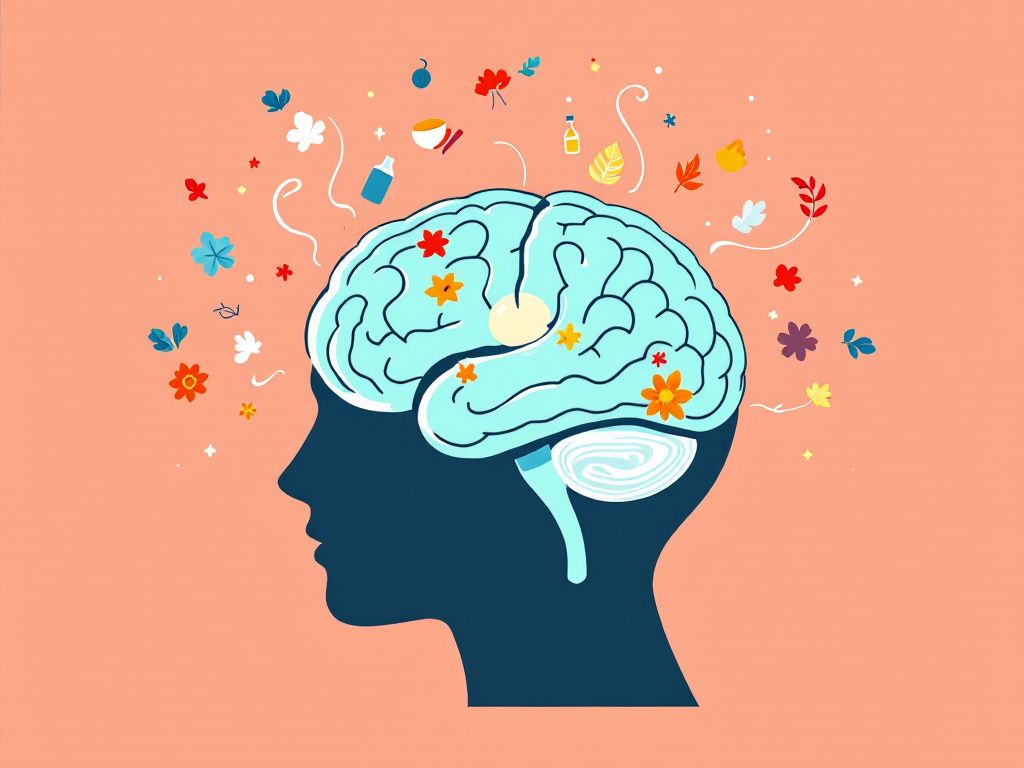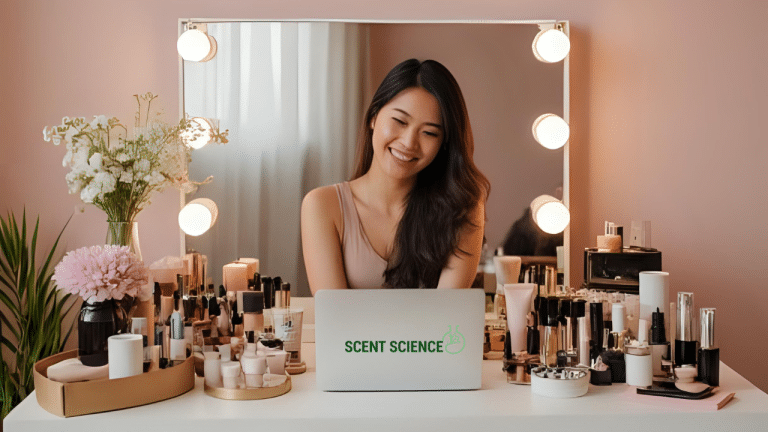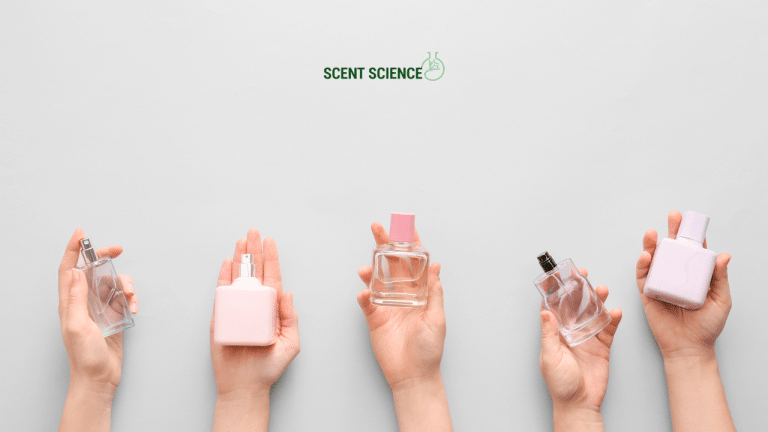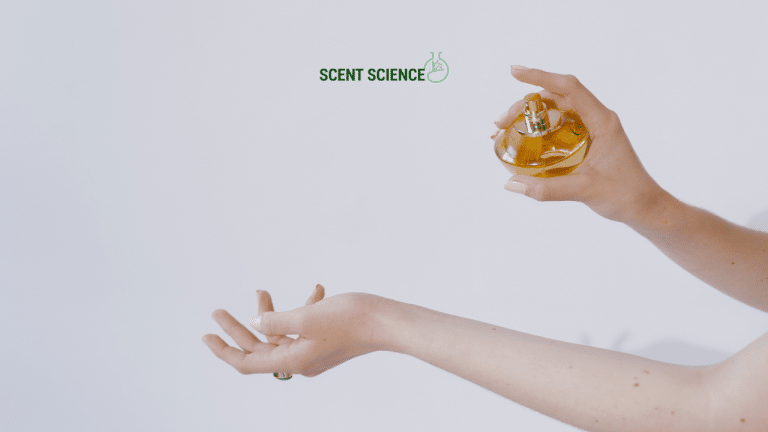Ever walked into a room and suddenly been transported back to a moment in time purely by the scent that envelops you? It’s fascinating, isn’t it? The connection between scents and memories isn’t just a quirky human quirk; it’s a field of study in neuroscience that’s as intriguing as it is complex. Today, we’re diving into the deep end of **scent memory**—a concept that, while simple on the surface, holds profound implications for understanding how our brains process and store memories.
Table of Contents
ToggleWhat’s Up with Scent Memory?
Here’s the deal: Certain smells can jog our memories in ways that sometimes feel magical. Remind you of Grandma’s house? Take you back to that summer beach trip? All because of a single whiff of something fleeting. Think of **scent memory** as your brain’s ability to store and recall these olfactory-triggered memories, and trust me, it’s a field of research that’s gained serious attention. But why is that so, and why does it matter in this age of augmented reality and instant communication?
That’s where our brain’s cool little features come into play—the olfactory system. It’s not just a sensory gatekeeper but a complex memory machine entangled with our very being. What scientists, the curious cats they are, want to understand is, how does this system work so efficiently and what does that mean for psychological insights or even therapeutic applications?
Breaking It Down: How Does Scent Memory Work?
Picture your brain as a library, with each section playing a specific role in your memory retrieval. Now, the olfactory bulb, the part of the brain that processes smells, sits really close to the limbic system and has a bit of a chat with the amygdala and hippocampus, the zones responsible for emotions and memories, respectively. Fascinating intersections, right?
A Quick Science-y Sidebar

Here’s a bit of neuroscience without getting too geeky: The amygdala is a little almond-shaped cluster of tissues that alert the brain to emotions. It’s key for emotional responses. On the other hand, the hippocampus is like your brain’s main library for long-term memory. This proximity lets scents influence emotional, and by extension, long-term memories—a two-for-one effect where a particular aroma can mark emotional memories in unique and persistently tangible ways.
Now, let’s address the nagging question—why? Because their proximity allows these areas to work hand in hand, creating a kind of superhighway for scent signals straight to your essence—your memories and emotions. It means that a single scent can bypass more complex processing areas and evoke a memory in the purest form. This intimate setup hints why scents are remarkably powerful in evoking nostalgia.
Scent Memory Meets Fragrance Psychology
And now we tie in the snappy notion of **fragrance psychology**. This field explores how fragrances can shape our perceptions, behaviors, and emotional responses. It plays into that same brain architecture. For businesses and even mental health therapies, this intersection means utilizing scent for a richer, emotional customer and patient experience. Imagine active smellscapes designed to calm you, cheer you up, or even up productivity—cool concoction, right?
Clever Brain Tricks with Scents
Okay, here’s where it gets really interesting. Animals have used scent for communication for ages. What if we repurpose this for human experience, particularly in therapeutic settings? Cognitive behavioral therapists have started to use scent associations to trigger positive memories or redirect attention from stressful stimuli.
Want to Try It Yourself?
Trust me on this—tweaking your environment with certain scents can’t replace therapy but can offer some fine-tuned emotional relief. For a quick starter, lavender is historically known for its calming effects. Studies show it might help alleviate anxiety and improve mood. Easy enough to try by just lighting a lavender-infused candle in the evening or spraying your pillow before sleep.
Neuroscience Pathways to Enhanced Memory

But enough about feelings. Let’s get down to the cognitive nuts-and-bolts here. How does it help in practical memory enhancement? Researchers hypothesize that activating **scent memory** could bolster memory retrieval in educational and learning contexts. Intriguing, huh?
Here’s How You Might Use It
Experiment with associating a particular scent with studying a topic you find challenging, grape, for example, as research phases suggest it enhances recall specifically if you recreate that scent environment during exams or presentations. It sounds strange, but scent-environment confluence might effectively blitz through mental blocks. Powerful stuff indeed when crafted appropriately.
Common Missteps in this Domain
While the enthusiasm is real, it’s notable that the longevity and specificity of scent effects can be inconsistent across different settings and cultures due to associative variances—just something to bear in mind. Application specificity usually implies trials and some tinkering for optimal results.
Science-Level Insights for Commercial Applications
Businesses can’t resist these biological treasures either. Retailers craft olfactory marketing strategies based on **fragrance psychology** to emphasize brand perception to elicit specific customer behaviors. Logos and designs? Those are child’s play compared to the scent trails they weave into store environments today.
Key Marketing Approaches
- Brand Identity Consistency – Choosing scents that align with the company’s ethos to subliminally reinforce their identity.
- Customer Experience Enrichment – Using scents to bring about emotions or reactions aligned with intent, like using cinnamon and citrus in cafes to increase appetite effectively.
- Product Differentiation – Unique scent blends can separate a brand from competitors.
A Sneak Peek Into the Lab

Interestingly, neuroscience is also screening scents for cognitive / emotional enhancement extensively in commercial products. One exploratory product, scent-infused wristbands, promise mood stabilizing via micro-dose fragrances designed to blend neurologic familiarity with chemistry—quite the avant-garde approach, wouldn’t you say?
Wrapping This Up: Why You Should Care
In short, **scent memory** is more captivating than we first imagine—it is this blend of art and science shaping both human experience and potential. Leveraging fragrance psychology doesn’t just appeal to senses but also scripts potential human moods, responses, and memories. Understanding this completeness transcends beyond just smelling nice but delves deeper into crafting enriched living experiences, album-like memory streams, and perhaps, daily navigational enhancements.
So next time, as you step into a store or sit ready at your desk with a scented breezer cantering by, consider the abundant intersections at play between senses, perceptions, and memories—it’s the fullest circle running quietly in background but with enough influence to change everything. A modern connotation between us humans, trust me, crafting is the way to remembering. Explore it to its full embrace; your senses just might astound your recollection.
That’s scent memory and fragrance psychology—a neural signature enchanting reality layer upon vivid encounter.
Frequently Asked Questions
What is scent memory?
Scent memory, also known as olfactory memory, refers to the ability of smells to evoke vivid memories and emotions. This is because the sense of smell is directly connected to the brain’s emotion and memory centers, specifically the amygdala and hippocampus[4][5].
How does the brain process scent memories?
The brain processes scent memories through the olfactory bulb, which is connected to the amygdala and hippocampus. Unlike other senses, scent information does not pass through the thalamus; instead, it travels directly to these emotional and memory-processing centers, allowing scents to trigger strong emotional responses and memories[1][4].
Why do certain scents trigger strong emotional responses?
Certain scents trigger strong emotional responses because they are linked to emotional memories, known as odor-evoked autobiographical memories (OEAMs). These memories, often formed in early life, can instantly bring back emotions and transport individuals back to specific moments in their past[4][5].
Is scent memory personal or universal?
Scent memory is deeply personal, as each person’s unique experiences shape how they respond to different smells. While certain scents may evoke universal feelings, the specific memories and emotions associated with these scents vary greatly from person to person[4].
References







